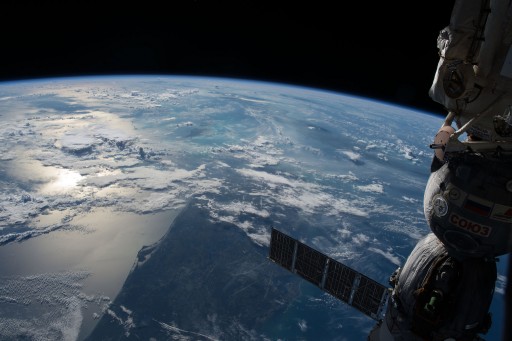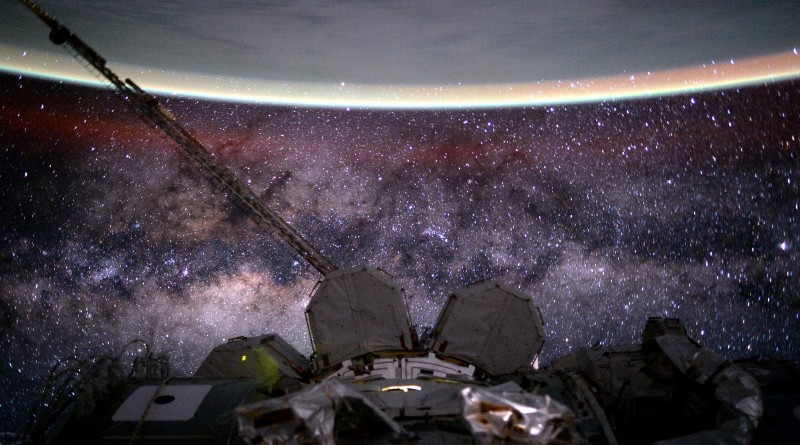ISS Operations Update – November 12, 2015

Experiments:
SPHERS Slosh [SPHERES stands for Synchronized Position Hold, Engage, Reorient, Experimental Satellites and involves two satellites that are used inside the space station to provide a miniature testbed to study maneuvering capabilities and spacecraft measurement systems. These two small satellites are used to study maneuvers in space in miniature inside the ISS. The Slosh experiment investigates how liquids move around inside containers in microgravity. The physics of liquid motion in space are not well understood. A good understanding of the processes at work would improve modeling of the behavior of rocket fuel inside the tanks of satellites and other spacecraft or rockets. Computer models that exist have not been checked against actual experimental data acquired which is what this experiment will accomplish.]
Sleep ISS-12 [The ISS-12 experiment monitors the ambient light exposure and crew member activity and collects data on the subjective evaluation of sleep and alertness. Ambient light and activity are monitored via a wrist-worn actiwatch that delivers actiwatch spectrums that are put through bio-mathematical models of sleep and light to predict circadian phase. Sleep logs will be kept by crew members as a subjective assessment of sleep quality and duration. It is hoped that this investigation can deliver requirements for lighting, sleep-shifting protocols and workloads for future space exploration missions.]
Calf Volume Measurements – PZEh-MO-7 (Russian Crew) [These measurements are done with the IZOG device which is a custom-sewn fabric cuff that fits over the calf. The knee and lower foot of the left leg are used as reference points. The measurements provide a rough index of deconditioning in Zero-G and can be used to assess countermeasures.]
Study of veins in lower extremities
Cell Biology Experiment Facility (CBEF) – Mouse Habitat Unit (MHU) Interface Unit Installation [The Mouse Habitat Experiment consists of two major segments, the main Onboard Cage Unit for the accommodation of mice for 30 to 180 days and Transportation Cage Unit that accommodates the animals for up to ten days from launch to transfer to ISS and from the end of the ISS-based experiment to the return to Earth aboard a visiting vehicle. Flying rodents to ISS provides an extremely valuable opportunity for a variety of studies from the mechanisms of bone loss in space over the adverse effects of space radiation to aging studies as well as a range of other studies looking at changes undergone by cells, tissues and organ systems as a result of prolonged exposure to space.]
Vzir Experiment Operations and Tagup [Vzir (Viewfinder) uses the SKPF-U (Photo Image Coordinate Reference System) hardware, a photo image coordinate reference system using ultrasound sensors and a camera for general target views.]
Maintenance/Systems:
Nominal Inspections/Servicing Tasks (Morning Inspection, Caution & Warning Panel Check, Sozh System Maintenance) (Russian Crew)
Nitrogen/Oxygen Recharge System (NORS) Airlock Interface Kit (AIK) Installation: Installation of Oxygen and Nitrogen hoses, NORS manifold, and power lines followed by system leak checks.
Other Activities:
Progress M-28M Cargo Operations
TV Conferences with Morning Shows
HAM radio session from Columbus

